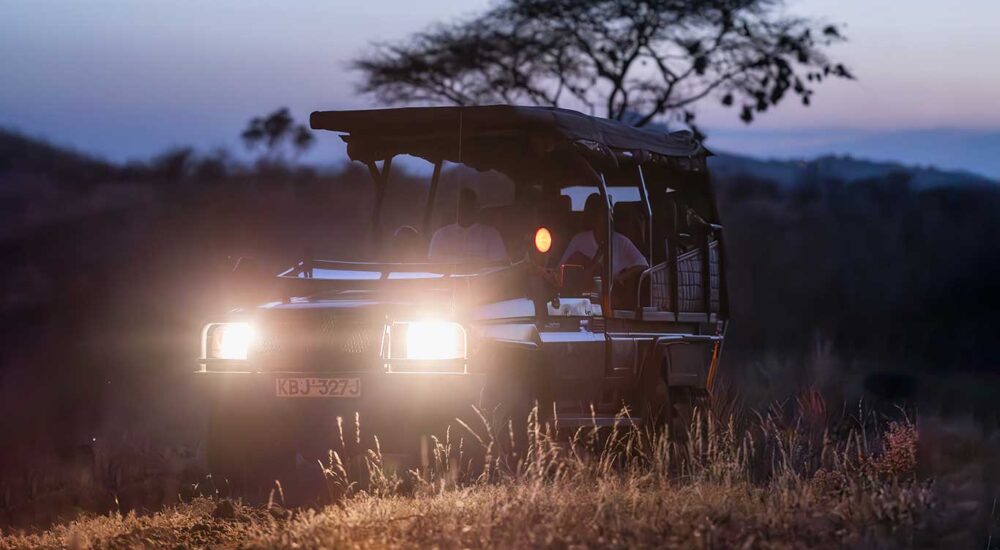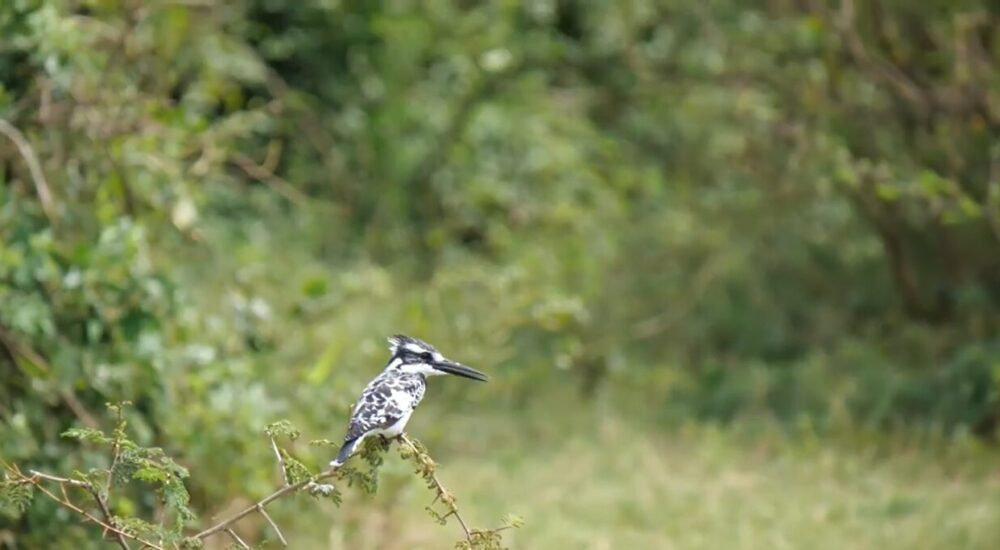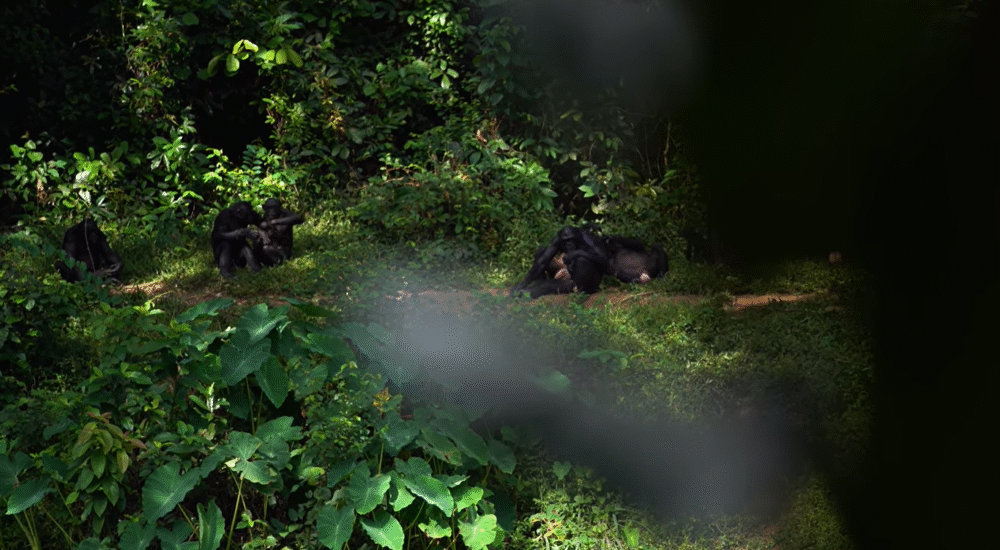Uganda, often known as the "Pearl of Africa," is famous for its diverse wildlife, lush…
National Parks in South Sudan
National Parks in South Sudan, Southern Sudan was one of the best-kept wilderness places in northern Africa until the civil war in 1983. In South Sudan today, many species of plants and animals that are in danger of going extinct and species that live in dry places live in protected areas. Wildlife in this area is thought to be the second biggest in the world, and an important migration route goes through the park.
The Boma National Park and the Southern National Park are two national parks in South Sudan. Bandingilo National Park, Shambe Nature Reserve, Lantoto National Park, Radom National Park, and Gambella National Park are some more.
South Sudan has some of the best places for wildlife to live. These include the River Nile floodplain, marshes, high plateaus, open savannah grasslands, and cliffs.
Boma National Park is one of South Sudan’s national parks.
Boma National Park seems to be the biggest national park in South Sudan. It is in the eastern part of the country, close to the border with Ethiopia. With an area of 22,800 square kilometers, the Park is one of the biggest protected places in all of Africa. km. The Park was created in 1977 and is mostly made up of grasslands and flood areas. Boma National Park’s main draw is without a doubt its huge variety of wildlife, which includes many different kinds of animals.
How to get to Boma Mountain Park
It is west of the town of Boma to find Boma National Park. There is a road that goes from this town to Raad, which is on the border with Ethiopia. There is also a road that goes southwest from Boma through the park to Kapoeta via Kassangor. The town has its own airstrip, and it is about 340 kilometers from Juba International Airport. There is only one dirt runway here. Scheduled flights don’t go there, so if you want to fly in, you’ll need to book a private plane or something similar.
When is the best time to visit South Sudan’s Boma National Park?
Anyone can visit Boma National Park at any time of the year, but the dry season, from June to September, is the best time to see wildlife. Many kinds of animals live here, especially from March to June, when many of them move to Boma to escape the rainy seasons in Sudd and Bandingilo National Parks. The animals will get to Ethiopia in the end, but their trips will be switched around when it gets too dry.
Things to do in Boma National Park
Wildlife
Boma National Park has many things to see and do that bring people from all walks of life to enjoy the park’s beauty. Because the park is so big and is on the border between South Sudan and Ethiopia, it is home to three of the “big five” animals: elephants, buffaloes, and African lions.
More animals than just the “big five” can be found in the park. These include oryx, waterbucks, grants gazelle, lesser kudu, bongo, level hartebeest, common elands, giant elands, and the rare Nile lechwe antelope.
Since 2005, the national park and Ethiopia’s Gambela national park have been named as a lion conservation unit. This means that lions like to visit both places.
The Kob with white ears
In Boma National Park, this species stands out the most. The paper says that it is mostly found in the wetland areas and clay plains in South Sudan, which are east of the Nile. The white-eared kob lives mostly outside of protected areas and moves around a lot in the summer and during the rainy season. During the dry and wet seasons, the white-eared kob moves along a path that is determined by the changes in rainfall and flooding that happen over 1,600 kilometers.
Birds
Lots of different kinds of birds, both local and migratory, live in Boma National Park. The black-chested snake eagle, the Ruppell’s vulture, and many others are among these. The kinds of animals that live in Gambela National Park in Ethiopia are also found in Boma National Park.
Moving of Animals
Animals move around all year in both South Sudan and the Serengeti. It moves slowly and depends on the grass and the rain. Animals move from the Sudd flood lands and Bandigalo National Park to Boma National Park and Gambela Park in Ethiopia in March, April, May, and June, when it starts to rain. They move from north to south and west to east.
In South Sudan’s National Parks, animals move from south to north and east to west in November, December, and January. This is because it is getting dry, and the animals are looking for grass. In November, December, and January, the white-eared kob will give birth to calves as they move north into the Sudd river plain and west into Badingilo National Park.
Three main species move from one area to another: the White-eared Kob antelope, the Tiang Antelope, and the Mongalla Gazelle. There used to be huge groups of zebras before the war with the north, but now there are only a few of them left. A study done in 2008 found that there were 6,850 elephants in the park and the areas around it. These South Sudanese National Parks are home to elephants and zebras that move with the water and grass.
Badingilo National Park.
In South Sudan, Badingilo National Park is part of a bigger 200,000-square-kilometer ecosystem that goes east through the Jonglei corridor to Boma National Park and north to the Sudd, an inland delta that borders the White Nile, one of the two main rivers that flow into the Nile. Another interesting national park in South Sudan is this one.
It covers an area of 8,935 square feet. km. The park was created in 1986 to protect black rhinos, which are no longer found in that area. The Park used to be known for having a lot of big cats and dogs. But the ongoing armed conflict has had a terrible effect on the lives of people who live in and around South Sudan’s protected areas. It has also put a lot of stress on the country’s animals and habitats, including Badingilo.
The Government of the Republic of South Sudan signed a 10-year deal with African Parks on August 25, 2022, to make sure that this internationally important park will be around for a long time in terms of ecology, society, and the economy. The first parks in South Sudan to join African Parks are Badingilo and Boma National Parks. With these two new parks, we now handle 22 parks in 12 African countries.
Bandingilo National Park is home to the second-largest animal movement in the world each year, after the Serengeti. During this journey, different types of antelopes move, such as things, reedbuck, and white-eared kob. Animals that are very important to Africa, like the Nubian giraffe, live in the park. So do lions, cheetahs, caracals, African wild dogs, and spotted hyenas.
During the wet season, hundreds of thousands of white-eared kob, Mongalla gazelle, tiang, and reedbuck come to Badingilo to breed before moving north and east to the Sudd and Boma National Parks and across the border to Gambella Park in Ethiopia. After the wildebeest migration in the Mara-Serengeti environment, these herds are the largest groups of large mammals in the world.
Bandingilo National Park is made up of big marshes that go all the way up to Jonglei state. Many different kinds of birds live there.
Things to do in the Park
Game Drives
People go on organized game drives to see different kinds of wildlife in the park. The second-largest animal movement of the year takes place in this national park, after the Great movement in the Serengeti. A lot of different kinds of antelope, like reedbucks, white-eared kobs, and others, are on this migration. Besides lions, leopards, cheetahs, spotted hyenas, African wild dogs, and other animals, you might see them on the drive.
Bird watching
There are many pretty and bright bird species to see in the park. The park is crossed by the River Nile, which is home to many bird species, including the African blue flycatcher, the Abyssinian Ground hornbill, the African cuckoo hawk, the African grey hornbill, the African palm swift, the African pygmy kingfisher, the African jacana, and many more.
Public tours
Talk to the people there to find out more about their customs and culture. You can have fun with these folks’ classic songs, dances, and poems. Listen to old stories to learn about the past of their culture. Learn about how the people who live there have been getting by with their simple lives and help them improve theirs.
When is the park’s busiest?
Even though Bandingilo National Park can be seen all year, the best time to see wildlife is during the dry season, from June to September. South Sudan’s dry season might move to November and December because of changes in the weather.
Southern National Park.
Since it opened in 1939, Southern National Park is another national park in South Sudan. The Park is about 23,000 square feet in size. km. The Sue River is to the west, the Gel River is to the east, and the Ibba River is in the middle. The main reason the southern national park was made was to protect white rhinos and elephants from going extinct.
Along with elephants, the park is home to many other wild animals, such as the giant eland, waterbuck, African buffalo, hartebeest, northern white rhino, kob, lion, colobus monkey, Kordofan giraffe, oribi, korrigum, and different types of galagos, like the Senegal bush baby and the giant forest hog.
Besides different kinds of mammals, Southern National Park is home to many different kinds of water animals that you can see in the rivers that run through it. Some of the species are the aba, the tilapia, the lungfish, the catfish, the Nile bichir, and a few alligators.
When is the best time to go to Southern National Park?
There are many times of the year to visit Southern National Park, but the best time to see wildlife is from June to September, when it is dry.
Things to do in Southern National Park
Drives for games
Take advantage of the game drives that are led through the park. African buffalo, lions, korrigum, giant eland, waterbuck, northern white rhino, colobus monkeys, and different kinds of galagos, like the Senegal bush baby and giant forest pigs, can be seen on the drive. Because it was made to protect elephants and white rhinos, Southern National Park is one of the best places to see them.
Park walks with a ranger
You can go on safari walks with a guide through the park’s tracks and savannah. Hike up and down different hills in the park to see different kinds of animals and plants, like birds along the Park Rivers. You can see waterbucks, giraffes, and other animals.
Birding
There are many kinds of birds that live in Southern National Park, such as black-crowned cranes, pink-backed pelicans, cattle egrets, saddle-billed storks, and more.
Take a boat ride
Southern National Park is surrounded by water on three sides. The park is home to many types of reptiles, as well as fish like tilapia, Nile bichir, catfish, lungfish, and even a few alligators. You can see all of these animals from a barge.
Where to stay in Southern National Park
For safety reasons, it is always better to go back to the city to stay the night after being in the park. Here are a few of the carefully chosen places to stay that you can pick from.
Ibadan’s Royal Palace Hotel
Friendly staff, delicious food, and a lot of style can be found at the Royal Palace Hotel in Juba, South Sudan. The hotel also offers excellent service and attention to detail. The White Nile River is only 250 meters away, and Juba International Airport is only a ten-minute drive away. This puts the hotel right in the middle of the market and business area.
It’s also a great place to stay if you want to see South Sudan’s fascinating tribes, the beautiful Boma-Jonglei Landscape, the second-largest animal migration in Africa, or a Nile tour.
The Royal Palace Hotel is the height of luxury for both work and pleasure travelers. The ultimate Wild Safaris and hotel staff will go out of their way to make your stay memorable. Whether you’re planning a meeting, a team-building activity, or the launch of a new product, we have the space to do it all in style.
The Landmark Hotel in Juba
The hotel is in Juba, and Juba Stadium is only a 3-minute walk away. There is a restaurant, a bar, an outdoor pool, and free private parking at the Juba Landmark Hotel. This 4-star hotel has room service, free Wi-Fi, and a front desk that’s open 24 hours a day. The yard is open to guests. There is a bathroom in every room in the hotel. Each room has a desk, a flat-screen TV, and some have patios. Guests at the hotel can get a continental meal. Near the Nile, the hotel is safe and easy to get to.
This is the Aron International Hotel.
It takes 2.4 kilometers to get from the John Garang Memorial to the Aron International Hotel in Juba. There are cheap and moderately priced rooms at the Aron International Hotel, as well as a restaurant, a bar, free private parking, and a yard.
The Aron International Hotel is about 2.9 kilometers away from both Juba Stadium and Konyo Konyo Market. For the comfort of its guests, the Aron International Hotel has a front desk that is open 24 hours a day, room service, and a cash exchange. Each room at the hotel has a TV and a place to sit.
An international breakfast is served every morning at the Aron International Hotel. The Juba Game Reserve is only 7.1 kilometers away and can be seen while you’re here.
Nimule National Park.
Parks and National Parks in South Sudan: Nimule National Park was created in 1954 and covers 410 sq. km. km. The park has a landscape with both rolling hills and flat places that are crossed by both year-round and seasonal streams. The Nile River runs along the eastern edge of the park. There are a lot of elephants in the park, but they are in danger because people are getting too close and killing them. But the park has a lot of potential to become a famous tourist spot because it has beautiful scenery and a wide range of plants and animals.
The park has a hilly landscape with scrub woodlands covering most of the land. You can visit riverine forests along permanent and seasonal watercourses. Acacia sieberiana and Borassus aethiopium are the main trees in these areas. Setting up a boat trip is one way to see the park from the water.
How to get there
There is a town called Nimule that is 197 km away from Juba, which is the capital of South Sudan, and 120 km away from Gulu, which is in Uganda. Gulu is the largest city that is closest.
Things to do in Nimule National Park:
During the wet season, you can see animals like Olive Baboons, Vervet monkeys, and Chimpanzees. Hipos live in the Nile River, and Nimule National Park is one of the best places to film them. The Fula waterfalls are also there, which make it a great place to film South Sudan’s rapids.
Now that you know all of this information about South Sudan’s national parks, let’s go. Explore the strange national parks in South Sudan to have an amazing time in Africa.


